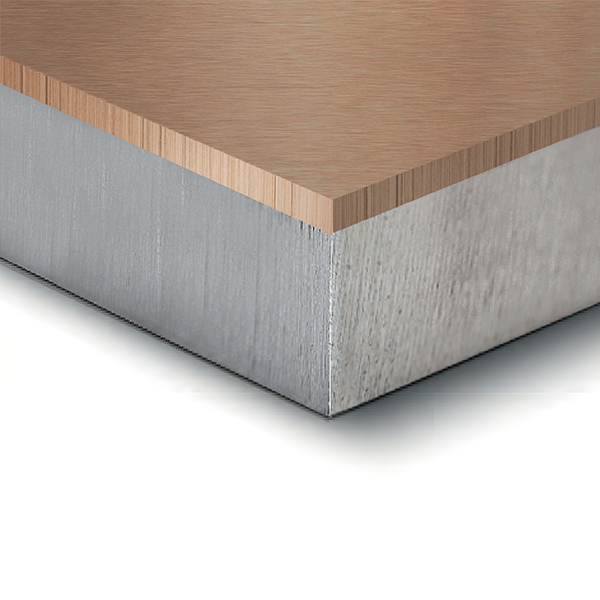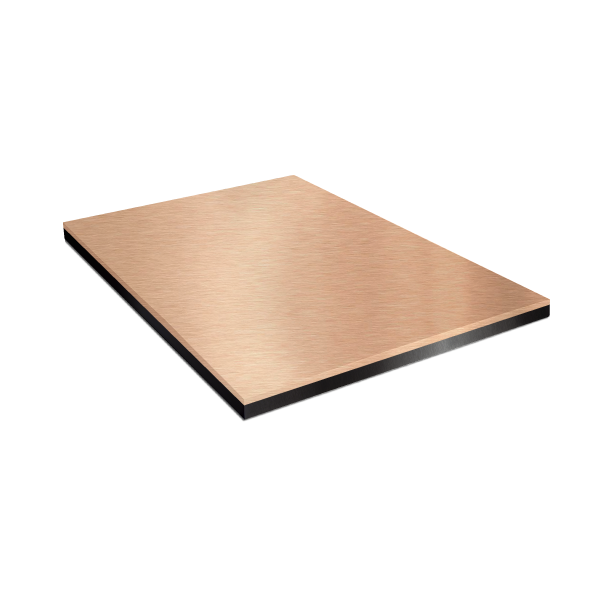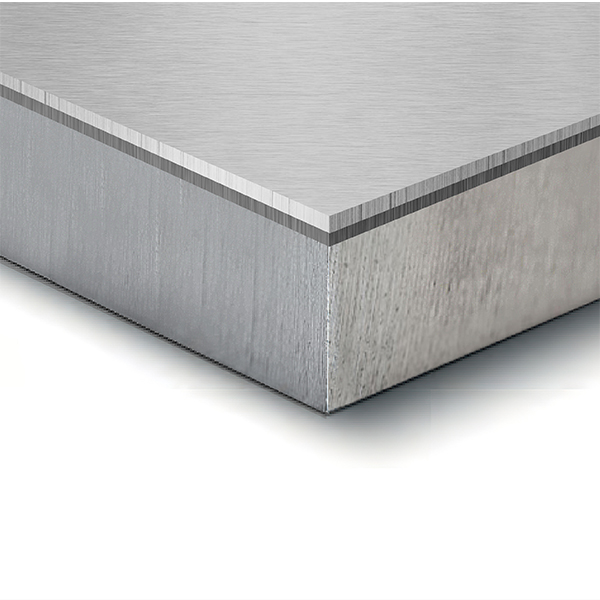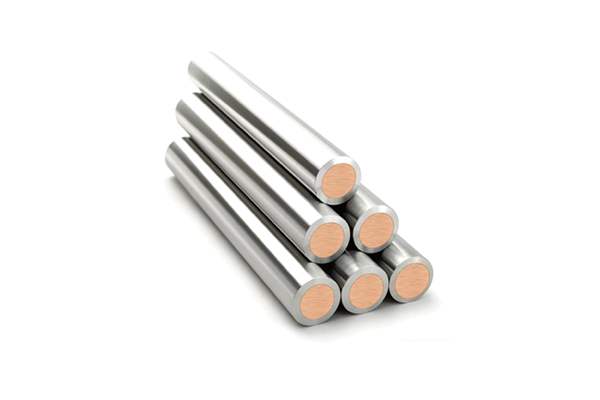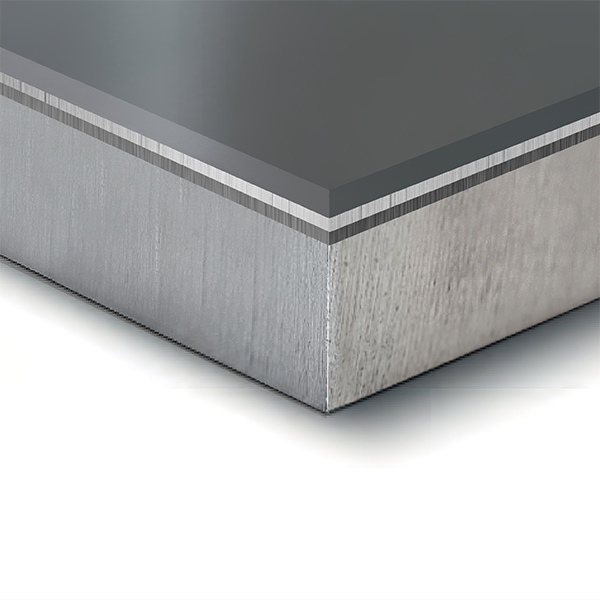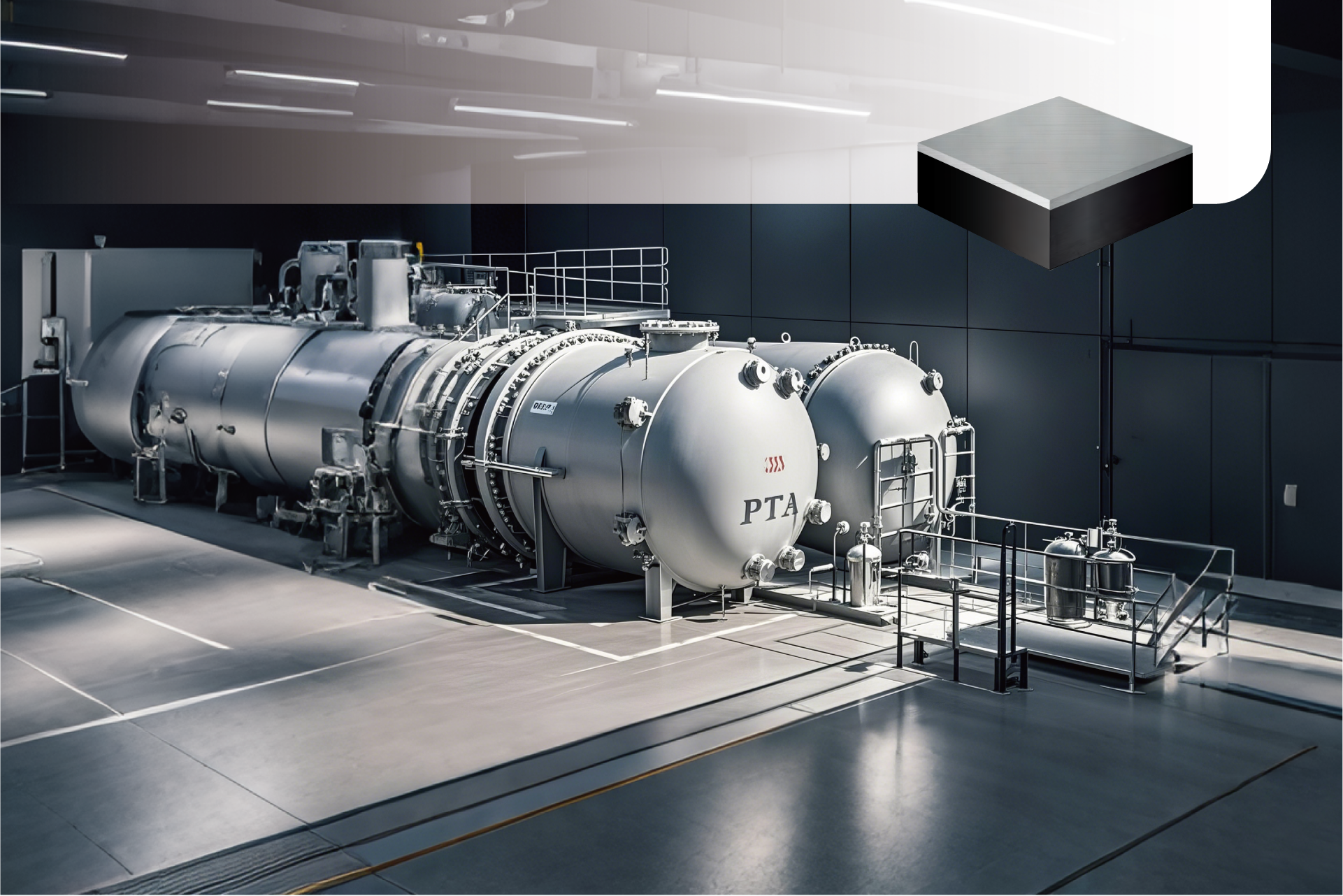
Copper Steel Clad Plate
Copper-clad steel plate is a composite material that combines the advantages of copper and steel, featuring the electrical conductivity, thermal conductivity, and corrosion resistance of copper, as well as the high strength and mechanical properties of steel.
It is manufactured using techniques such as explosive bonding or hot rolling, and is widely applied in industries such as electrical engineering, construction, transportation, vacuum salt production, and electrolytic copper foil.
The copper layer of the copper-clad steel plate provides excellent conductivity and corrosion resistance, making it suitable for grounding systems, electrical transmission conductors, and more. The steel substrate offers high tensile strength and yield strength, typically ranging from 400 to 800 MPa, ensuring structural stability under high loads and harsh environments. In the vacuum salt production industry, the corrosion resistance and efficient thermal conductivity of copper-clad steel plate extend the equipment’s service life and improve the efficiency of the salt-making process. Additionally, this material is widely used in pressure vessel heat exchangers, refrigeration equipment and enhancing energy efficiency. Overall, copper-clad steel plate, with its combined properties, demonstrates broad application prospects across various industrial fields, effectively reducing material costs and lowering equipment maintenance expenses.
PRODUCING CONDITION
ASTM B432 ; ASME SB898 ; EN 1982:2008; GB/T 8547-2010 etc.
Carbon steels such as ASME SA516, ASTM A516 Gr. 55, 60, 65, 70; Stainless steels like: ASTM A240, ASME SA240, ASTM A789, ASME SA789, ASTM A182, ASME SA182, EN 10028-2, EN 10088-2, EN 10088-7 etc.
ASTM B 171 C70600, C71500 , C71520, C72200; ASTM B152 C10200, C10400, C11000, C10500, C12000 etc.
| Clad Layer THX. | TTL THX. | Max. Width | Max. Length | |
|---|---|---|---|---|
| Explosive | min. 2mm | – | 4.5m | 14m |
| Explosive + Rolling | 0.8-2mm | max. 152mm | 4.5m | 14m |
| Rolling | 0.8-14mm | 8-40mm | 4.5m | 14m |
characteristics
Different composite methods have varying requirements for the cladding and base materials. We can provide customized production based on the specific needs of our customers.
Chemical Composition
Copper clad layer chemical analysis (wt%) as below:
| Cu | Fe | Zn | P | S | Si | Ag |
|---|---|---|---|---|---|---|
| Bal. | 0.0009 | 0.0008 | 0.0009 | 0.0007 | 0.0006 | 0.0008 |
Mechanical Performance
Mechanical performance as below:
| A.A | DIM | SQ | CTM | BR(%) | T.S Rm/(Mpa) | Y.S ReL/(Mpa) | E.L. % | U.T |
|---|---|---|---|---|---|---|---|---|
| C.P | PASS | PASS | PASS | 98% | 510 | 228 | 30 | PASS |
| A.A: Analysis Area DIM: Dimension SQ: Surface Quality | CTM: Cladding Thickness Measurement BR(%): Bonding Rate T.S Rm/(Mpa): Tensile Strength | Y.S ReL/(Mpa): Yield Strength E.L A/%: Percentage Elongation After Fracture U.T: Ultrasonic Testing |
||||||
Third Party Certificate
In accordance with ASTM A578/A578M Level B, we perform 100% ultrasonic testing (UT), ensuring a bonding rate of over 99%. Tests for chemical composition, mechanical properties, low-temperature impact, hardness, PWHT (Post Weld Heat Treatment), and HIC (Hydrogen-Induced Cracking) can be conducted as per customer requirements.
Additionally, we provide EN 10204 – 3.2 certification.

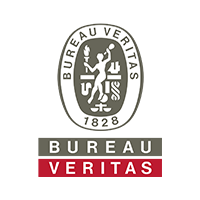

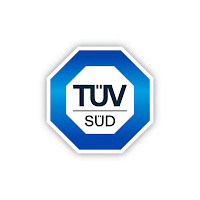

CERTIFICATION
The company has achieved ISO 9001 Quality Management System certification, ISO 14001 Environmental Management System certification, and Occupational Health and Safety Management System certification. Other certifications, such as PED and API, are currently in the application process. Our clad plate products have also received CE certification for pressure vessels, while our marine clad plates have been certified by six national classification societies, including CCS, DNV GL, LR, BV, RINA, and ABS.
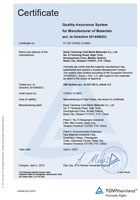
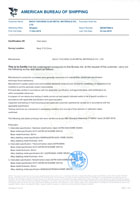
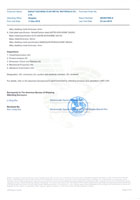
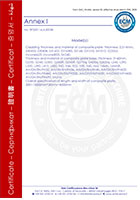
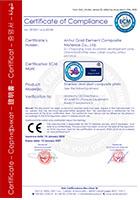
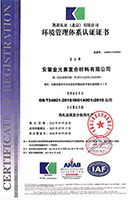

DELIVERY AND PACKING
Below is our standard packing method for export transportation, for other special requirements from our customers, we can customize. The surface of the clad plates is covered with a PE plastic film, followed by a layer of hard cardboard for protection. The outermost layer is waterproofed, and labels are applied to ensure effective identification. The product is then loaded for shipment.
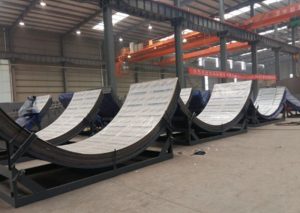
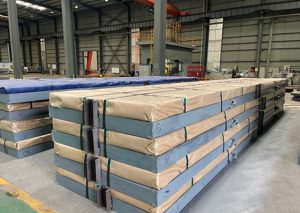
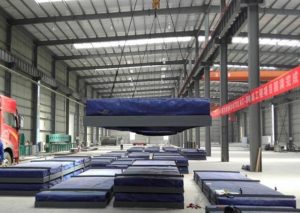
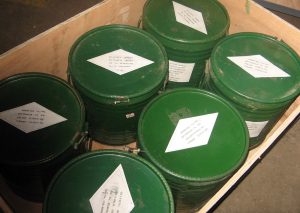
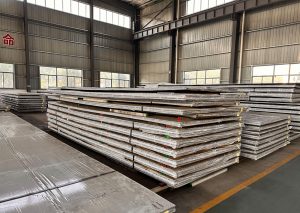

FAQ
Relative Products
Zr Ti Steel Clad Plate
Zr Ti Steel Clad Plate The zirconium/titanium/steel clad plate is a multi-layer composite material typically made by bonding zirconium, titanium, and carbon
Ti Cu Clad Rod
Ti Cu Clad Rod Titanium-clad copper is a composite material created primarily through explosive welding or rolling (with explosive welding being
Ta Zr Ti Steel Clad Plate
Ta Zr Ti Steel Clad Plate The Tantalum/Zirconium/Titanium/Steel clad plate is indeed an exceptional multilayer material. Its sophisticated design provides high corrosion
Contact

